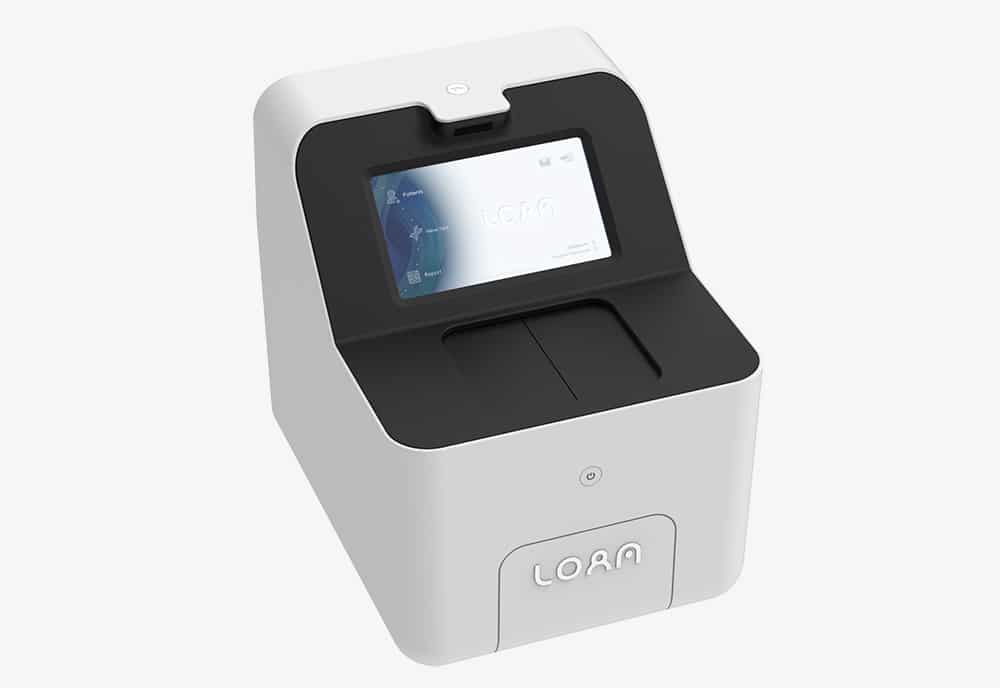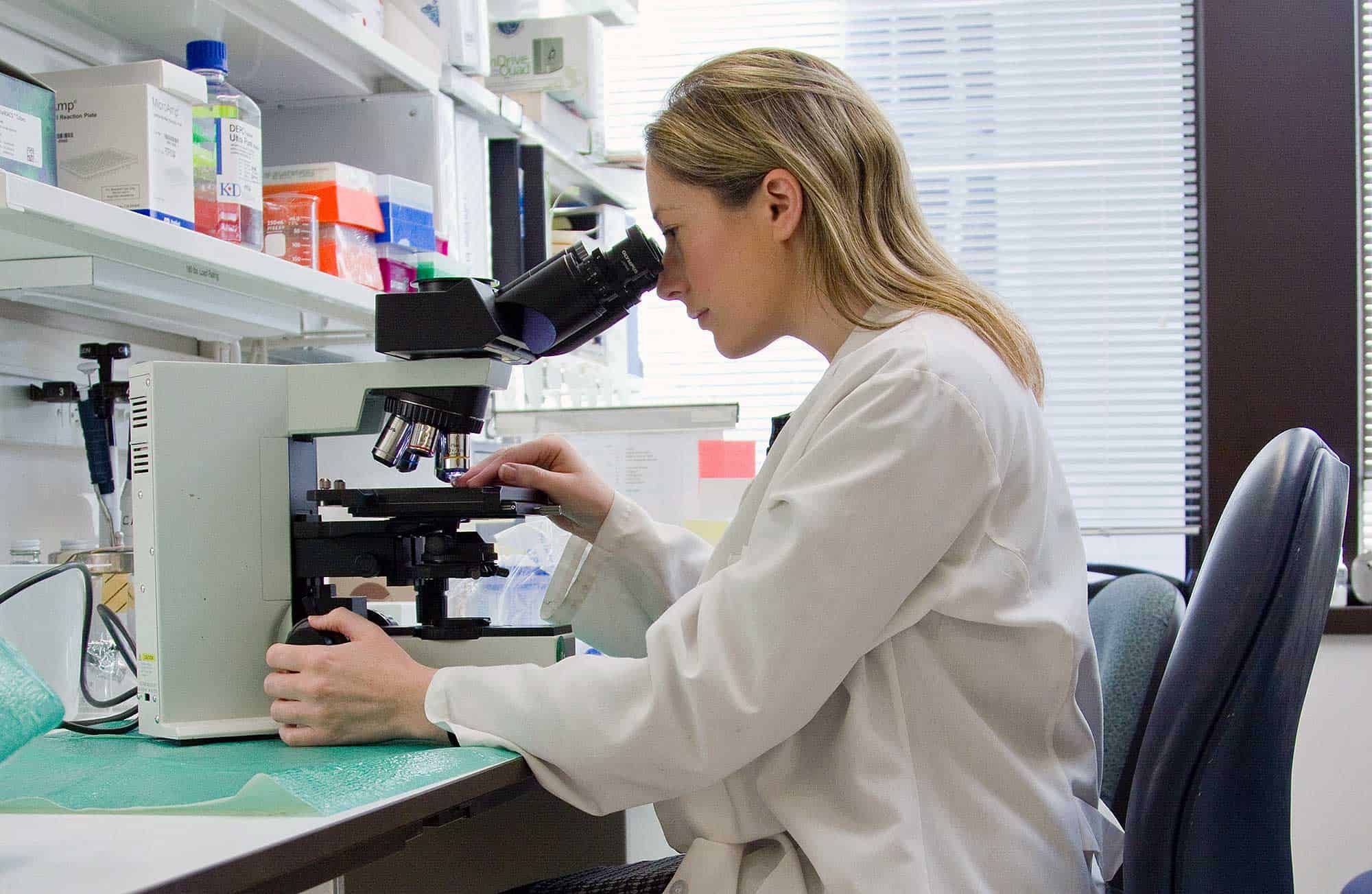
Connected health technology security
Healthcare devices have become top targets for cybercriminals due to their critical nature, the valuable intellectual property they employ and the sensitive personal information that they collect and store. Research shows that there were 8.2 attempted cyberattacks per connected healthcare endpoint in each month of 20181.
To ensure security, privacy and high performance, OPTOLANE’s simple, fast and smart diagnostic platform is based on Nexell’s system on chip (SoC) platform, which integrates Trustonic’s Trusted Execution Environment (TEE)*. OPTOLANE’s in vitro diagnostic (IVD) platform, called LOAA (Lab on an Array) Analyzer, examines blood and tissue samples for multiple targets, including DNA, RNA, proteins and metabolites, in real-time. It was developed to satisfy market demand for ‘sample to answer’ IVD tools and enables sample extraction through to analysis with a single cartridge.

Investment in connected healthtech is increasing and IVD is an important segment in the global diagnostics industry. These solutions add significant value to diagnosis and treatment, enhancing the well-being of the general public while increasing productivity and reducing costs. But, where personal data this sensitive is being captured, processed, and transmitted, the appropriate steps must be taken to protect it from malicious actors.
Trustonic’s hardware-backed security platform, TSP, enables secure and private data extraction, processing, storage and transmission. The technology:
- Enables a secure image processing channel from the sensor to the application processor;
- Provides cryptographic tools to protect individuals’ sensitive medical data;
- Ensures data integrity;
- Creates a secure environment to run algorithms analyzing raw data from the sensor;
- Encrypts sensitive data when being shared with the cloud.
Do Young Lee, CEO of OPTOLANE, says: “There is clear demand for innovative new diagnostics solutions that go from ‘sample-to-answer’ in real-time. Importantly, though, we fully understand our responsibility to protect patient data. To deliver connectivity while protecting the sensitive personal data collected by diagnostic devices, we needed a proven hardware-backed security foundation. Trustonic’s experience protecting smartphones, wearables and IoT hardware and securing critical mobile applications in the financial and automotive sectors is assurance that our devices and patient data are secured to the highest standard.”
OPTOLANE expects to receive FDA certification for the new device in the first quarter of 2020. Once certification is achieved the product will be available to clinicians in healthcare facilities around the world.
Learn more about Trustonic solutions for connected medical devices.
Learn more about OPTOLANE’s product portfolio, visit: http://optolane.com/
*The TEE is a secure area of the main processor in a smart phone (or any connected device) that ensures sensitive data is stored, processed and protected in an isolated, trusted environment. The TEE’s ability to offer isolated safe execution of authorized security software, known as ‘trusted applications’, enables it to provide end-to-end security by enforcing protection, confidentiality, integrity and data access rights. The TEE offers a level of protection against software attacks, generated in the Rich OS environment. It assists in the control of access rights and houses sensitive applications, which need to be isolated from the Rich OS.

